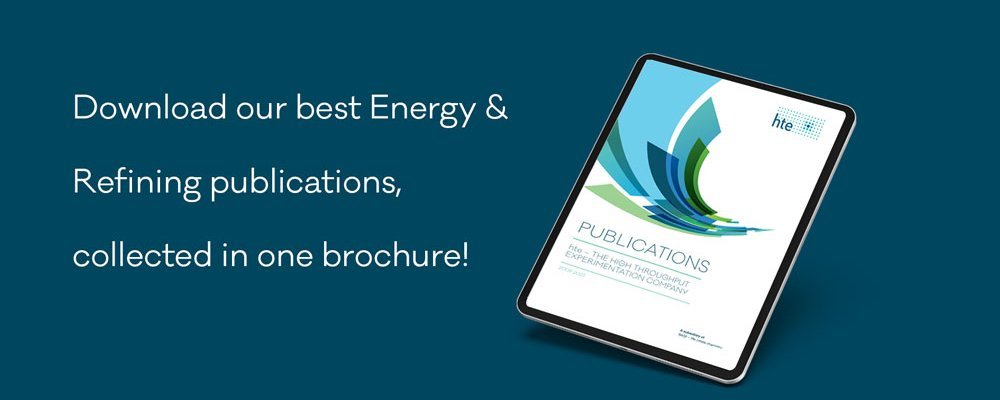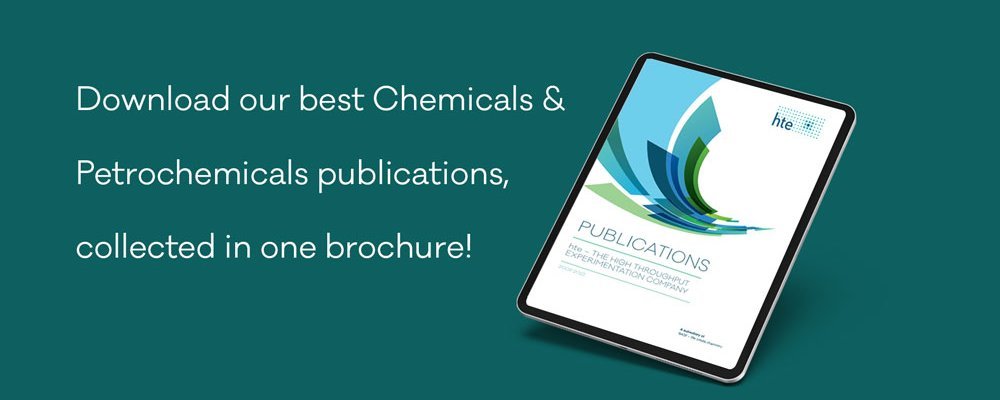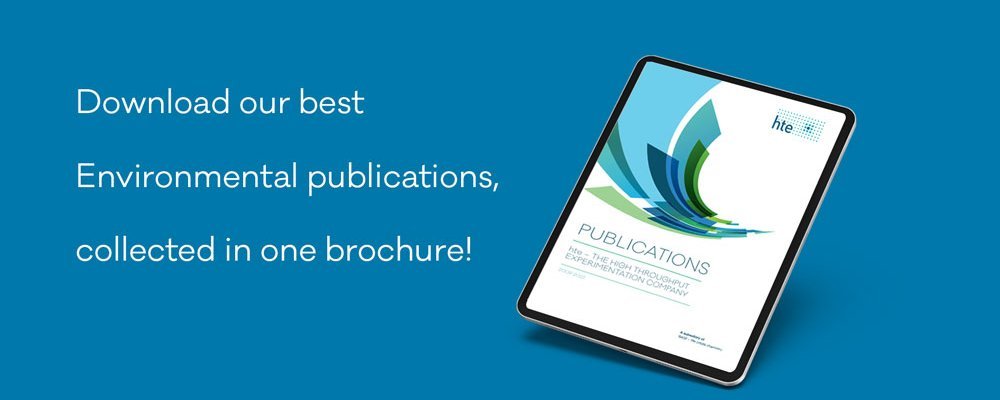Publication: Flexible downscaling of MAPD removal from C3/C4 olefin streams
Flexible downscaling of MAPD removal from C3/C4 olefin streams
Authors: Edgar Jordan, Charlotte Fritsch and Joachim Haertlé
ptq, Q2 2024
Raw olefinic C3/C4 streams in integrated petrochemical refineries, mainly the product of naphtha steam crackers or FCC units, usually contain low-weight percentages of acetylene derivatives, known as MAPD compounds. MAPD stands for methylacetylene (propyne, MA) and propadiene (PD), which are the most common impurities; vinylacetylene (but-1-en-3-yne, VA) and ethylacetylene (1-butyne, EA) can also be formed. These side products must be removed to protect downstream processes from severe catalyst poisoning and unwanted side reactions of those highly reactive substances. For instance, polymer-grade propylene must not exceed an MAPD impurity level of 1 ppmw. The predominant method for removing these compounds is selective hydrogenation of the triple bonds while preserving the olefinic species. Whereas selective hydrogenation of acetylene in the C2 fraction is performed in the gaseous phase, C3/C4 selective hydrogenation is predominantly carried out in a liquid state. In the case study presented, we show how the selective tail-end hydrogenation of C3-C4 acetylene derivatives and propadiene in a highly unsaturated hydrocarbon matrix including 1,3-butadiene. The selective hydrogenation was successfully run at bench scale, while retaining industrially relevant process conditions.
Fill in the form to download the article.
Access to our scientific library
Get insights for your industry with our collection of scientific papers about parallel testing technologies.
Energy & Refining

Chemicals & Petrochemicals

Environmental

